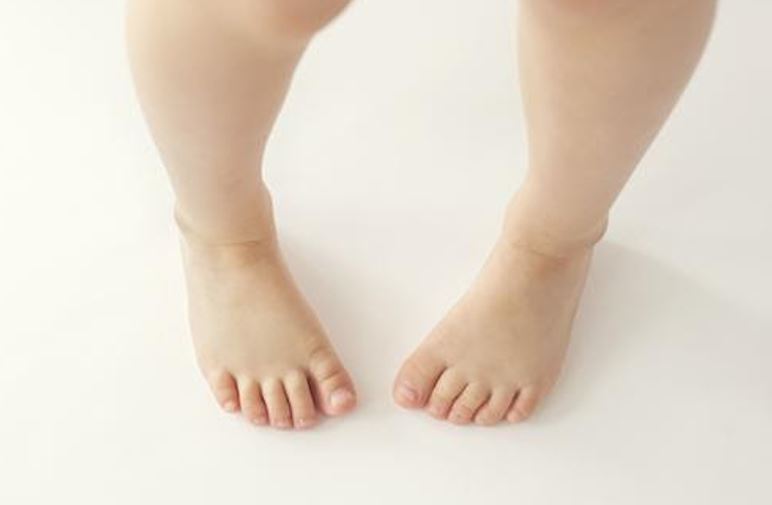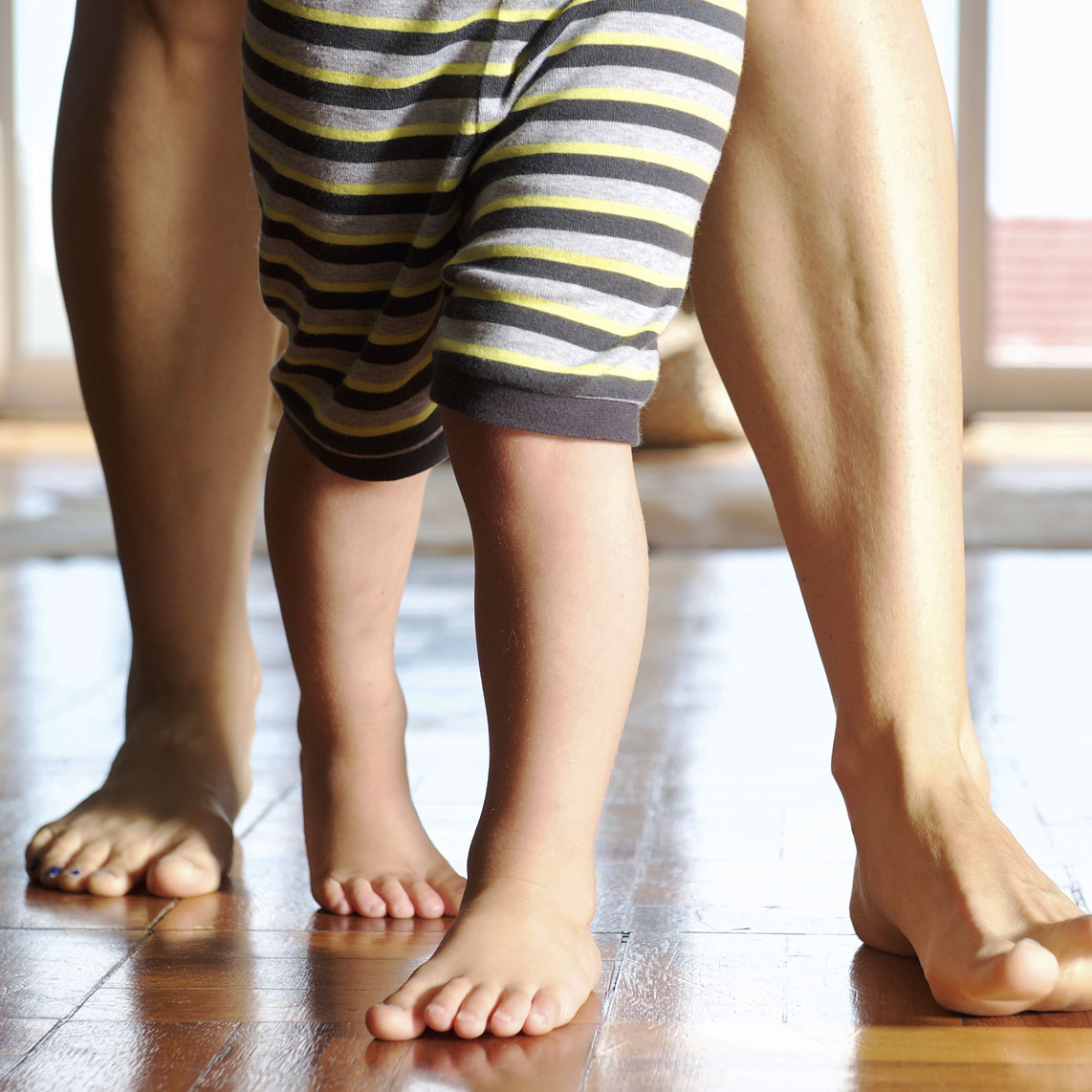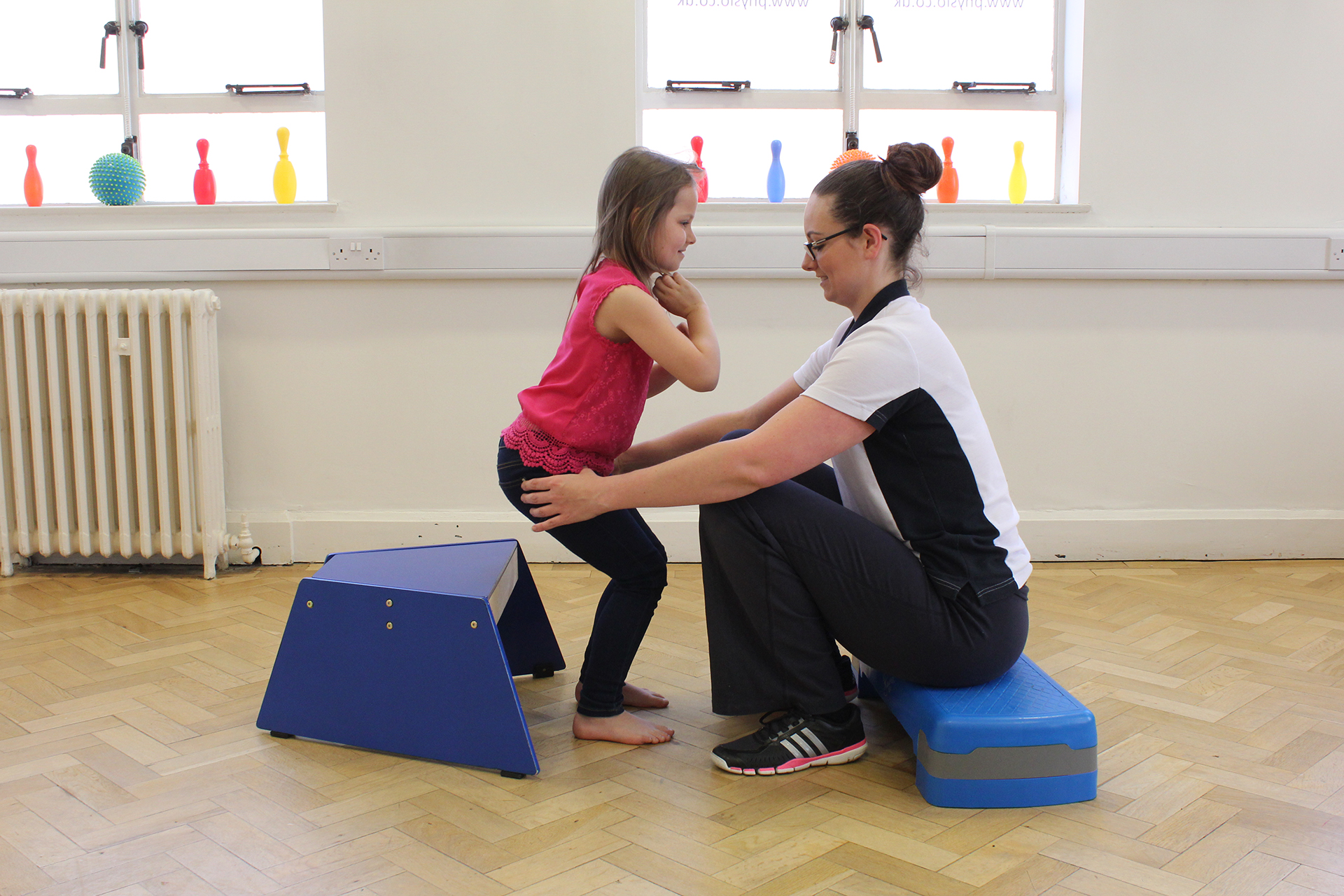Reasons why your child is intoeing

What is intoeing?
Most people walk with their legs and feet facing forwards. However, some children’s feet and toes turn inwards when they walk, this is called intoeing or ‘pigeon-toed’. In most cases (over the age of 4 years old), this should correct itself and this is why we don’t usually see adults that are intoeing as they walk.
In some cases, there are some children who do not grow out of intoeing. This is when you need to see a Podiatrist to assess their feet to find out what the underlying cause is. We will explore information about interring more in detail below.

What causes intoeing?
In most occasions, there are only three reasons as to why some children walk intoed:
- 1. Tibial Torsion: The tibia, which is most commonly known as the ‘shin bone’, is the most common bone which does get twisted in the body. Sometimes, while the child is in it’s mother’s womb, the shin bone can be twisted while it is still soft due to the way they the baby is laying inside the womb.
- 2. Femoral Anteversion: Just like the shin bone, the femur (thigh bone) can also twist inwards. In most occasions, this corrects itself (slowly) up until the child reaches the age of nine to ten years old. There are some occasions which this does not happen, these children tend to become adults who continue to walk intoed. In some cases, tight hip muscles may also be playing a part in turning the thigh bone inwards, causing intoeing.
- 3. Metatarsus Adductus: The feet (more commonly the mid foot to forefoot region) curve inwards. Most children will also gradually get better without any treatment. However, children who have very curved feet may need bracing or special shoes to help in the first few years of their life.

How to treat Inteoing?
The bone twisting conditioned mentioned above cannot be fixed with braces, special shoes or custom made medical insoles for the shoes. In the past, these were treatments used for the bone twisting, but have proven to have no effect in correcting the condition. Over time, studies have shown that the bone twisting will correct itself without any treatment.
If your child complains of pain, discomfort, getting tired, or you see that they are tripping over or not engaging in physical activity to a similar level to peers their age, it is recommended you see your Podiatrist for a biomechanical assessment. If your child has some of these symptoms, treatment may be necessary to aid with their development. Some treatments may include: appropriate footwear recommendation, custom made medical insoles for their shoes, some soft tissue rehabilitation such as exercises and/or stretches.
Dr. Fatima Al-Kathmi (Podiatrist)
The Foot Force Podiatry.
BOOK NOWContact Us
Send us an e-mail:
This site is protected by reCAPTCHA and the Google Privacy Policy and Terms of Service apply.
